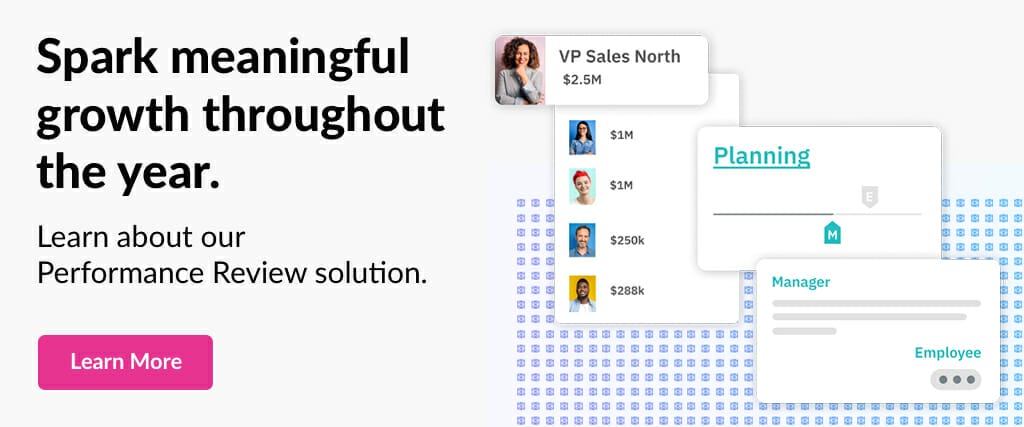Common Mistakes Made in IDP Planning

5 Common Mistakes Made in IDP Planning
Companies must create a culture that encourages career and skill development of employees. Planning for continuous employee development must be anchored to mission-critical competencies as well as the goals and mission of the organization. If you are establishing or improving your performance management process, take stock of the top 5 common mistakes made in Individual Development Plan (IDP) planning.
An employee development plan is seldom tied to mission-critical competencies, making it more difficult to measure performance that matters.
TalentGuard has worked with dozens of companies who have invested resources in a competency framework, but rarely do we see this framework used throughout the performance management process. Evaluate your performance management process to ensure that:
- your review and 360 degree feedback incorporate key competencies
- they are used to select training programs
- they are used in job descriptions to attract the right candidates
IDP’s rarely incorporate behavioral expectations.
Skill development is only one aspect of performance measurement. Companies who integrate behavioral expectations into their review and development process build stronger cultures and higher performing teams. Ensure that your IDP’s contain a blend of key competencies and behavioral expectations. Providing clear guidelines removes possible misperceptions, provides a foundation on which to build, and sets the tone for how employees are expected in engage in your company.
Companies often adopt a standard rating scale based on what they are used to.
Your rating scale should be unique and match the culture of the organization, taking into account the mission and vision of the company. It provides a quantifiable and qualified manner in which to determine an individual’s performance, and it goes beyond a simple 1 to 5 rating scale. For example; trendsetting companies have implemented a color rating scale, others have used a behavior scale. Take into consideration the numerous options that exist, and design and create your performance reviews based on the identity and culture of the organization.
Companies treat the performance review as a discrete process, rather than continuous process.
Learning takes place on a daily basis, and organizations need to develop methods to help employees capitalize and grow in specific areas. Effective IDP’s contain a start point, but not necessarily an end point. A culture of continuous learning is essential for the success and growth of an organization, and implementing ongoing performance review and learning opportunities requires structure. This fosters an environment where 360 learning and development becomes a daily occurrence.
Companies overlook the need to associate specific training courses with performance rating scales during the evaluation process.
Competency ability exists in a range from no ability to expert ability. An organization needs to know what specific training is associated with each level of a person’s competence in order to assign the most relevant competency development plan that will increase adoption and build on their existing skill set. Target specific training programs for each level in the rating scale to ensure appropriate growth and development in that area.
Common mistakes in IDP Planning
Avoid these 5 common mistakes in Individual Development Plan (IDP) planning by requesting a demo.

